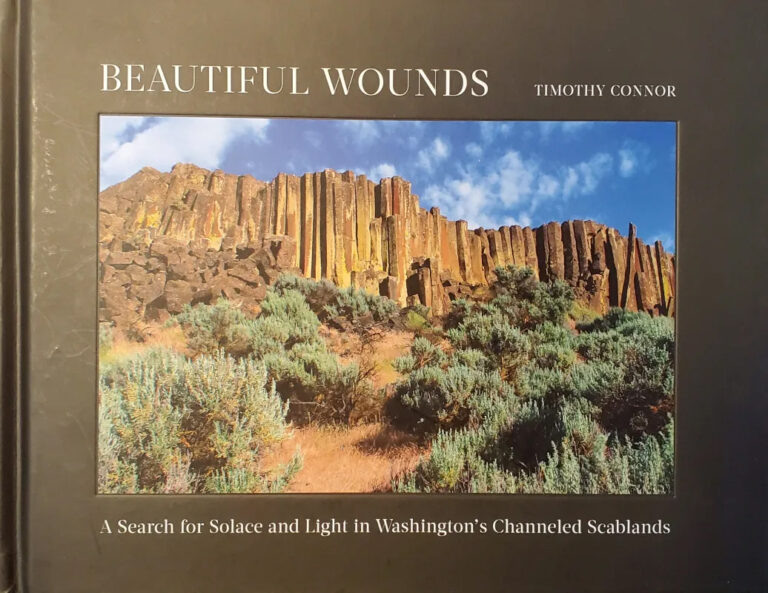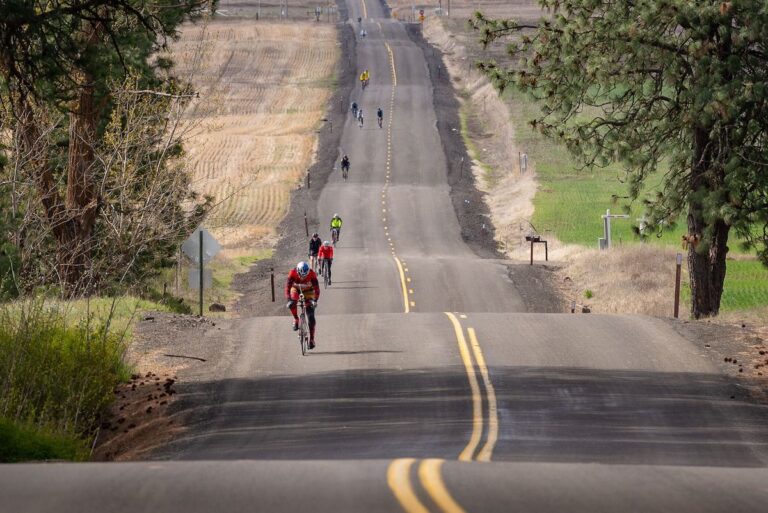The e-mail message arrived unexpectedly on August 22, 2007. “Wanna come to Kilimanjaro, end Sept into early Oct? Pretty short notice, but would be fun having you along!”
The author of the e-mail, Dr. Douglas R. Hardy, is a close friend whom I have known since 1981 when we taught together at North Country School in the Adirondack Mountains of New York. Currently employed as a climatologist and glaciologist for the Climate System Research Center of the University of Massachusetts in Amherst, he is involved in exciting research with some of the highest weather stations on the planet.
For me, the timing of the invitation was terrible. As a father of two very young children, a higher education administrator preparing for the start of the academic year, and a doctoral student, multi-week vacations were not in my vocabulary. However, a trip with a close friend combining environmental science research, mountaineering, outdoor photography, and exotic travel, all expenses paid no less, was not a trip to decline. With incredible support from both my wife and my boss, the adventure was on. “I’m in!” I responded.
The scientific objective of Doug’s research on Kilimanjaro, according to his web site, was “to develop a comprehensive understanding of climatic conditions at high elevations in that part of the Tropics” and “to understand the causal mechanisms” driving recession of the glaciers. My role on the trip was to be that of research assistant.
Altitude and acclimatization were significant aspects of the trip. Kilimanjaro is the highest mountain in Africa, rising to 19,341 feet above sea level -and more than 16,000 feet above the surrounding plains. The Kilimanjaro glaciers are largely on the summit crater. So the expedition was split into two halves, with the first half involving six days of gradual ascent in order for our bodies to acclimatize. Kilimanjaro Park officials require the use of guides and porters, therefore our expedition involved a guide, an assistant guide, and 16 porters. The porters carried the scientific equipment, camping equipment, food and fuel for our 11-day expedition. The porters were generally quite young, super friendly, and provided a deluxe, incredibly valuable support system for our endeavor.
The second half of the expedition involved five days and four nights in the summit crater at 18,864 feet in elevation, just a few hundred feet below the summit. The transition to the crater was abrupt; as we completed the long approach and neared Stella Point, the first access point of the crater for most climbers, Doug suggested we traverse off to the west, where we encountered our first glacier of the trip. As we approached the glacier the building excitement was palpable, as first Doug, and then I, began exploring glaciers on top of Kilimanjaro. You may be familiar with Dr. Seuss’s character the Lorax, who speaks for the trees. Being with Doug while researching and exploring the summit glaciers was like being with someone who speaks for the glaciers.
The most difficult aspect of the trip involved sleeping at elevation. Typically we ate dinner around 5:00, and when the sun set around 6:00, it promptly became too cold to do much but climb in our sleeping bags, where we stayed until the sun hit our tents at approximately 7:00 in the morning. We generally read for a while, but it rapidly became too cold even for reading. The high elevation not only made it difficult to sleep, but it had a way of amplifying whatever neuroses one may have. Suffice it to say that the nights had that uncomfortable “forever” feeling.
This was Doug’s ninth research visit to Kilimanjaro, but it has proved to be a difficult system to fully understand. He explained to me at one point on the mountain, “This is not a place for simple answers.” He said that the most interesting thing about Kilimanjaro is how different it is than other glaciated areas on the planet. One significant difference, for example, is that there is no accumulation area. Normally there should be a mass gain area that then flows down, and a mass loss area, and these two areas should be more-or-less balanced in their gain and loss. On Kilimanjaro, there is no longer an accumulation area, so everything is ablating, which means essentially receding.
One interesting aspect of Kilimanjaro’s glaciers is that this year Doug and his fellow scientists are seeing mass gain on some of the horizontal surfaces, while the vertical surfaces are greatly retreating. The thinking has been that snow cover staying on the mountain would reduce ablation of both horizontal and vertical surfaces, mostly because snow reflects energy away. Yet the continuing retreat of vertical walls-despite more snow than normal this year-demonstrates to Doug that there is much more to learn.
It is worth noting that most glaciers on the planet are clearly receding, with decreasing mass almost invariably caused by increasing temperature. The leading international network of climate scientists, recent Nobel Peace Prize co-recipients, states in the recent Intergovernmental Panel on Climate Change summary report that global warming is “unequivocal” and that human activity is very likely causing most of the rise in temperatures since the mid-20th century.
When you have the opportunity to travel to a foreign land, or have any experience on the edge, what you ultimately learn about is where you come from. My experiences on Kilimanjaro, while incredible by themselves, provided me with a greater appreciation for my life in Spokane. The experience truly enhanced my relationships with my wife and best friend Betsy and my two precious daughters, and it provided greater appreciation for the meaningful work that I am involved in with students.
After returning to Spokane, Doug paid me the ultimate compliment, when he sent me the following quote by Hans Meyer, the first person to summit Kilimanjaro, written in 1900. “From former experience I had learned that it is useless to dream of an ascent of Kilimanjaro, and a prolonged stay above the snow-line, without the aid of a companion familiar with mountaineering.Volunteers in abundance had come forward to offer their services, but none so far had seemed to meet all the requirements of the case. The choice of a travelling companion for the interior of Africa is a weighty matter at any time. The relationship is so intimate and so constant, there is such close community of interests and experiences, that… there must be the most perfect agreement in tastes and habits of mind between the two comrades…”
For more info on Dr. Douglas R. Hardy’s research: http://www.geo.umass.edu/climate/doug/












